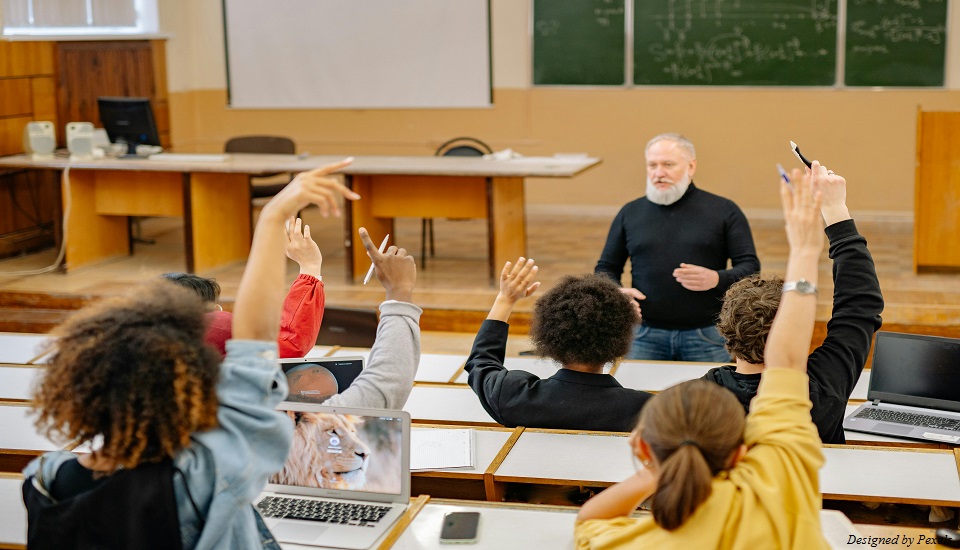
In elementary school, literacy is the doorway to the rest of learning. Reading and writing expertise helps the students for future. However, literacy education is not merely the training in basic reading and writing. Good literacy instruction includes methods that engage students, improve performance, and build them as individuals in their capabilities.
Degree in Education with focus on Teaching Technology is intended to acclimate teachers to technological resources that allow for interactive and inclusive learning. These degrees provide a solid ground for educators wishing to implement the Six Ts of efficient literacy instruction.
The Six Ts of Successful Elementary Literacy Instruction
The Six Ts are research-based strategies used in the elementary classroom. They target various areas of the learning process, which ensures that students are provided with a balanced and enjoyable literacy education. Below is a description of these pivotal strategies:
1. Time
Time is also an important element in the teaching of literacy. Students need sufficient time to read and write to become well-versed in literacy. Some recommendations are:
2. Texts
The Choice of suitable texts is the philosophy behind interest in students and literacy acquisition. This includes print and electronic texts that appeal to varying learning styles.
A Teaching Technology Education degree equips teachers with the competence to incorporate computerized materials that can be modified to suit the reading skills and interests of intended students.
3. Teach
Successful teaching methods are essential for student success in literacy. This involves clear directions, providing consistent practice, and adjusting teaching techniques to suit students' needs.
Application of technology in literacy lessons, including interactive apps and software tools, can enable teachers to teach in innovative ways, making lessons more interesting for students.
Video Link: https://youtu.be/_dolF4Rrauw?si=LoGhs088LVsLedZw
4. Talk
Discussion is an often overlooked aspect of literacy education. Engaging students to talk about the texts that they are reading and writing is the key to their development.
5. Tasks
Tasks invite students to implement practically what they have learned. Literacy activities must be varied so that the students get to practice on reading, writing, listening, and speaking.
Using computer resources, such as interactive quizzes and writing programs, a variety of literacy activities and more encouraging activities can be developed.
6. Test
Testing does not merely exist for grading purposes but instead assesses the degree to which a student has grasped the material and is advancing. It is of utmost importance to have a set of useful literacy assessment tools to make sure that the students are fulfilling their localized learning goals.
Technology can assist teachers in using automated quizzes, online portfolios, and assessment software to monitor and measure literacy progress.

Best Practices for Literacy Teachers
Implementation of the Six Ts into literacy teaching must be done with careful consideration. The following are some best practices that will assist teachers in being their most effective:
Bottom Line:
The Six Ts of successful literacy teaching are tried-and-tested techniques that all teachers can learn from. With the proper approach, time, texts, and tasks, students can acquire solid literacy skills that will last a lifetime. For educators, an MA in Education with Teaching Technology prepares them to work modern technology into their classes, enriching their students' learning experiences. Equipped and motivated, teachers can take students through the journey of becoming confident readers and writers prepared to take on the procedures of life within academia and, of course, academics themselves.